

Articles
What Ceiling Fan Moves The Most Air
Modified: August 25, 2024
Looking for articles on ceiling fans that move the most air? Find valuable information and expert tips on choosing the right ceiling fan for maximum airflow.
(Many of the links in this article redirect to a specific reviewed product. Your purchase of these products through affiliate links helps to generate commission for Storables.com, at no extra cost. Learn more)
Introduction
When it comes to keeping a room cool and comfortable, a ceiling fan is an essential addition to any space. Not only does it circulate air, but it also adds a touch of style to the room’s décor. However, not all ceiling fans are created equal, and some are designed to move more air than others.
In this article, we will explore the factors that affect air movement in a ceiling fan and discuss the different types of fans available on the market. We will also delve into blade size and pitch, motor power and efficiency, and airflow measurement and ratings. Finally, we will highlight some top ceiling fans known for their exceptional air movement capabilities.
So, if you’re looking to find a ceiling fan that can effectively cool your space and provide maximum air movement, you’ve come to the right place. Let’s dive in!
Key Takeaways:
- Choose a ceiling fan with larger blades and a steeper pitch for maximum air movement, but ensure the motor power matches the room size for optimal performance and minimal noise.
- Consider airflow measurements like CFM and wind speed ratings, as well as energy efficiency certifications, when selecting a ceiling fan to ensure effective air circulation and cooling comfort in your space.
Read more: How To Move Ceiling Light
Factors Affecting Air Movement
Several factors play a crucial role in determining the air movement capability of a ceiling fan. Understanding these factors will help you make an informed decision when choosing a ceiling fan that will effectively cool your space. Let’s take a closer look at some of these factors:
- Blade Design: The design and shape of the blades greatly impact how effectively a ceiling fan can move air. The angle or pitch of the blades helps create a downward airflow, which creates a cooling breeze in the room. Blades with a steeper pitch tend to move more air, but they may also produce more noise. Additionally, the shape and size of the blades affect how efficiently the fan moves air.
- Motor Power: The power of the motor directly influences the fan’s ability to move air. Ceiling fans with higher wattage or horsepower generally have more robust motors, resulting in improved air circulation. It is advisable to choose a fan with a motor that matches the size of the room you intend to install it in.
- Blade Size: The size of the fan blades also affects the air movement. Larger blades tend to move more air compared to smaller blades. However, it’s essential to consider the size of the room when selecting the blade size. In smaller rooms, a fan with smaller blades may be more suitable to avoid creating excessive airflow.
- Height from Ceiling: The distance between the fan blades and the ceiling can impact the amount of air movement. Ceiling fans that hang lower from the ceiling can create a more significant airflow compared to those mounted closer to the ceiling. However, it is crucial to maintain a safe clearance between the fan blades and the floor or any furniture.
- Room Size: The size of the room is another important factor to consider. Larger rooms require fans with higher air movement capacity. As a general guideline, it’s recommended to have a ceiling fan with a diameter of at least 36 inches for rooms up to 144 square feet, 42-52 inches for rooms up to 225 square feet, and larger fans for rooms exceeding 225 square feet.
By considering these factors, you can choose a ceiling fan that is well-suited to the needs of your space, ensuring maximum air movement and optimal cooling comfort.
Types of Ceiling Fans
Ceiling fans come in various styles and designs, catering to different aesthetic preferences and functional needs. Understanding the different types of ceiling fans available can help you select the one that best suits your space. Here are some common types of ceiling fans:
- Standard Ceiling Fans: These are the most common type of ceiling fans found in homes. They typically feature two to five blades and a standard mounting system. Standard ceiling fans are versatile and come in a wide range of designs and sizes to match various room styles and sizes.
- Hugger Ceiling Fans: Also known as low-profile or flush-mount fans, hugger ceiling fans are ideal for rooms with low ceilings. These fans are installed close to the ceiling, maximizing headspace while providing efficient air circulation.
- Outdoor Ceiling Fans: Designed specifically for outdoor use, these fans are built to withstand various weather conditions. They are resistant to moisture and feature durable materials to prevent damage from exposure to the elements. Outdoor ceiling fans are great for patios, gazebos, and other outdoor living spaces.
- Energy-Efficient Ceiling Fans: These fans are designed to reduce energy consumption while providing adequate air movement. They often come with energy-saving features such as LED lights, efficient motors, and advanced speed controls. Energy-efficient ceiling fans are a great choice for those looking to reduce their carbon footprint and energy bills.
- Dual-Motor Ceiling Fans: These fans feature two motor heads with independent controls, allowing for more efficient and customizable air movement. Dual-motor fans are usually larger and provide enhanced performance, making them suitable for larger rooms or spaces with high ceilings.
- Smart Ceiling Fans: With the rise of smart home technology, smart ceiling fans have become increasingly popular. These fans can be controlled remotely through a smartphone app or voice commands, offering convenience and automation. Smart features may include adjustable speed settings, timers, and integration with popular smart home platforms.
By considering the different types of ceiling fans available, you can choose one that aligns with your design preferences, functional requirements, and the specific needs of your space. Whether you prefer a classic standard fan or a modern smart fan, there is a wide variety to choose from to suit your personal style and enhance the comfort of your home.
Blade Size and Pitch
The size and pitch of the blades play a crucial role in determining the air movement efficiency of a ceiling fan. Understanding how these factors affect the fan’s performance can help you choose the right fan for your space.
Blade Size: The size of the fan blades directly impacts the amount of air that is moved. Larger blades tend to move more air compared to smaller blades. A fan with larger blades can create a more powerful breeze and cover a larger area. However, it’s important to consider the size of the room when selecting the blade size. In smaller rooms, a fan with smaller blades may be more appropriate to prevent excessive airflow and discomfort for the occupants.
Blade Pitch: The blade pitch refers to the angle at which the fan blades are tilted. It is measured in degrees and affects the fan’s ability to move air efficiently. The steeper the blade pitch, the more air it can move. However, a steeper pitch may also create more noise. Typically, a blade pitch between 12 to 15 degrees is considered optimal for balancing air movement and noise levels.
It’s important to note that blade size and pitch should be considered in conjunction with other factors, such as the motor power and room size, to ensure optimal air movement. A fan with large blades and a steep pitch may move a significant amount of air, but if the motor is not powerful enough or the room is too large, it may not provide the desired cooling effect.
When selecting a ceiling fan, consider the size of the room and the desired airflow. For larger rooms, a fan with a larger blade size and higher pitch may be more suitable, while smaller rooms may benefit from fans with smaller blades and a lower pitch. Additionally, it’s important to choose a fan with a powerful motor that can effectively drive the blades for optimal air movement.
By understanding the relationship between blade size, blade pitch, and air movement, you can select a ceiling fan that provides a comfortable and refreshing breeze for your space.
Look for ceiling fans with a high CFM (cubic feet per minute) rating, as this indicates the amount of air the fan can move. Fans with larger blades and higher motor power tend to have higher CFM ratings.
Motor Power and Efficiency
The motor of a ceiling fan plays a crucial role in determining its performance, including the air movement capacity and energy efficiency. Understanding the motor’s power and efficiency is essential when selecting a ceiling fan for your space.
Motor Power: The power of the motor is measured in watts or horsepower and directly influences the fan’s ability to move air effectively. A more powerful motor can provide higher torque and rotation speed, resulting in improved air circulation. When choosing a ceiling fan, it is important to select one with a motor that matches the size of the room. Inadequate motor power may not provide sufficient airflow, while an overly powerful motor may create excessive noise and consume unnecessary energy.
Motor Efficiency: The efficiency of the motor is another important factor to consider. An efficient motor will convert a higher percentage of electrical energy into mechanical energy, reducing energy waste and operating costs. Fans with energy-efficient motors can provide substantial long-term savings on electricity bills. Look for ceiling fans that are labeled with efficiency certifications, such as ENERGY STAR, which indicates that the fan meets or exceeds specific energy efficiency standards.
In addition to motor power and efficiency, other motor features can contribute to better performance and longevity. Look for features such as sealed bearings, which reduce friction and noise, as well as high-quality wiring and insulation for smoother operation and durability.
It’s important to choose a ceiling fan with a motor that strikes the right balance between power and efficiency. Consider the size of the room, your desired airflow, and energy-saving preferences when selecting a fan with an appropriate motor. An efficient and well-designed motor will ensure that your fan operates smoothly, quietly, and efficiently while providing optimal air movement and comfort in your space.
Read more: How To Clean Ceiling Fan Without Ladder
Airflow Measurement and Ratings
When it comes to choosing a ceiling fan that offers maximum air movement, it’s important to understand airflow measurement and ratings. This information helps provide insight into the fan’s performance and allows for easy comparison between different models. Two key metrics used to measure airflow are CFM (Cubic Feet per Minute) and wind speed.
CFM (Cubic Feet per Minute): CFM is a measurement of the volume of air that a fan can move in one minute. It represents the fan’s airflow capacity. The higher the CFM rating, the more air the fan can circulate. It is essential to select a ceiling fan with a CFM rating appropriate for the size of the room. As a general rule, the fan should provide a minimum of 1 CFM per square foot of space in the room.
Wind speed: Wind speed is a measurement of the velocity of the air produced by the fan. It is typically measured in miles per hour (mph) or feet per minute (fpm). A higher wind speed indicates a stronger breeze and better air movement. Some ceiling fan manufacturers provide wind speed ratings at various distances from the fan to give a clearer indication of the fan’s performance across the room.
Both CFM and wind speed ratings are useful when comparing different ceiling fans for their air movement capabilities. However, it’s important to note that other factors, such as blade size, pitch, and motor power, also contribute to the overall performance of the fan.
In addition to these measurements, there are several industry-recognized certifications and ratings that can help in determining a fan’s efficiency and performance. The ENERGY STAR certification, for example, ensures that a fan meets strict energy efficiency guidelines, while the Air Movement and Control Association (AMCA) provides ratings for air movement and efficiency.
When selecting a ceiling fan, consider both CFM and wind speed ratings, as well as any additional certifications or ratings, to ensure you choose a fan that will provide optimal air movement and cooling comfort in your space.
Top Ceiling Fans for Maximum Air Movement
Now that we have explored the factors that affect air movement in ceiling fans, let’s take a look at some of the top ceiling fans known for their exceptional air movement capabilities. These fans have proven track records of delivering powerful airflow and cooling comfort. Here are a few options to consider:
- Emerson CF765BQ Loft Ceiling Fan: This fan features a 60-inch blade span and a high airflow rating. It is equipped with a powerful motor and has a sleek and modern design.
- Minka-Aire Xtreme H2O Ceiling Fan: Known for its impressive airflow, this fan has an 84-inch blade span and is ideal for larger rooms or outdoor spaces. It is designed to withstand outdoor environments without compromising performance.
- Casa Vieja Velocity Ceiling Fan: With its 72-inch blade span and powerful motor, this fan is perfect for spacious rooms. It provides a strong breeze and excellent air circulation.
- Hunter 59135 Key Biscayne Ceiling Fan: This fan is designed for outdoor use and has a 54-inch blade span. It offers a powerful airflow while providing a rustic and tropical aesthetic.
- Craftmade Mondo Ceiling Fan: Featuring a 72-inch blade span and a powerful motor, this fan is an excellent choice for large rooms or open-concept areas. It delivers high velocity airflow and is suitable for both indoor and outdoor use.
These are just a few examples of ceiling fans that are known for their exceptional air movement capabilities. It’s important to consider factors like blade size, pitch, motor power, and efficiency, as well as the specific needs and size of your room when selecting a fan.
When choosing a ceiling fan for maximum air movement, it’s also beneficial to read customer reviews and seek recommendations from experts to ensure you find a fan that meets your specific requirements and preferences.
Remember to install the fan at an appropriate height from the ceiling and follow proper safety guidelines to ensure optimal performance and a comfortable breeze throughout your space. With the right ceiling fan, you can enjoy effective air circulation and a cool, refreshing atmosphere in your home.
Conclusion
Ceiling fans are not only functional but also a stylish addition to any room. Finding a ceiling fan that can effectively move air and provide maximum airflow is crucial for maintaining a cool and comfortable environment. By understanding the factors that affect air movement, such as blade size and pitch, motor power and efficiency, and airflow measurements, you can make a well-informed decision when choosing a ceiling fan for your space.
Consider the size of the room and the desired airflow when selecting the blade size and pitch. A fan with larger blades and a steeper pitch may provide more air movement, but it’s important to ensure the motor power matches the room’s size for optimal performance. Additionally, prioritize energy efficiency by selecting a fan with a motor that converts electrical energy into mechanical energy effectively.
When comparing different ceiling fans, look at airflow measurements like CFM and wind speed ratings to gauge their performance. These metrics provide valuable information on the fan’s capacity to move air and create a cooling breeze. Additionally, consider certifications and ratings, such as ENERGY STAR, to identify fans that meet or exceed energy efficiency standards.
Remember to take into account factors such as room size, ceiling height, and personal preferences when selecting a ceiling fan. Look for reputable brands that offer reliable performance and durability. Reading customer reviews and seeking recommendations can also help guide your decision-making process.
Whether you are looking to enhance the airflow in a small bedroom, a large living area, or an outdoor space, there are ceiling fans available to suit your needs. With proper installation and maintenance, a well-chosen ceiling fan can provide years of comfort by effectively circulating air and creating a refreshing breeze throughout your space.
Take your time to research and consider all the factors mentioned in this article to find the perfect ceiling fan for maximum air movement in your home. By choosing the right ceiling fan, you can enjoy a cool and comfortable living environment while adding a touch of style to your space.
Frequently Asked Questions about What Ceiling Fan Moves The Most Air
Was this page helpful?
At Storables.com, we guarantee accurate and reliable information. Our content, validated by Expert Board Contributors, is crafted following stringent Editorial Policies. We're committed to providing you with well-researched, expert-backed insights for all your informational needs.
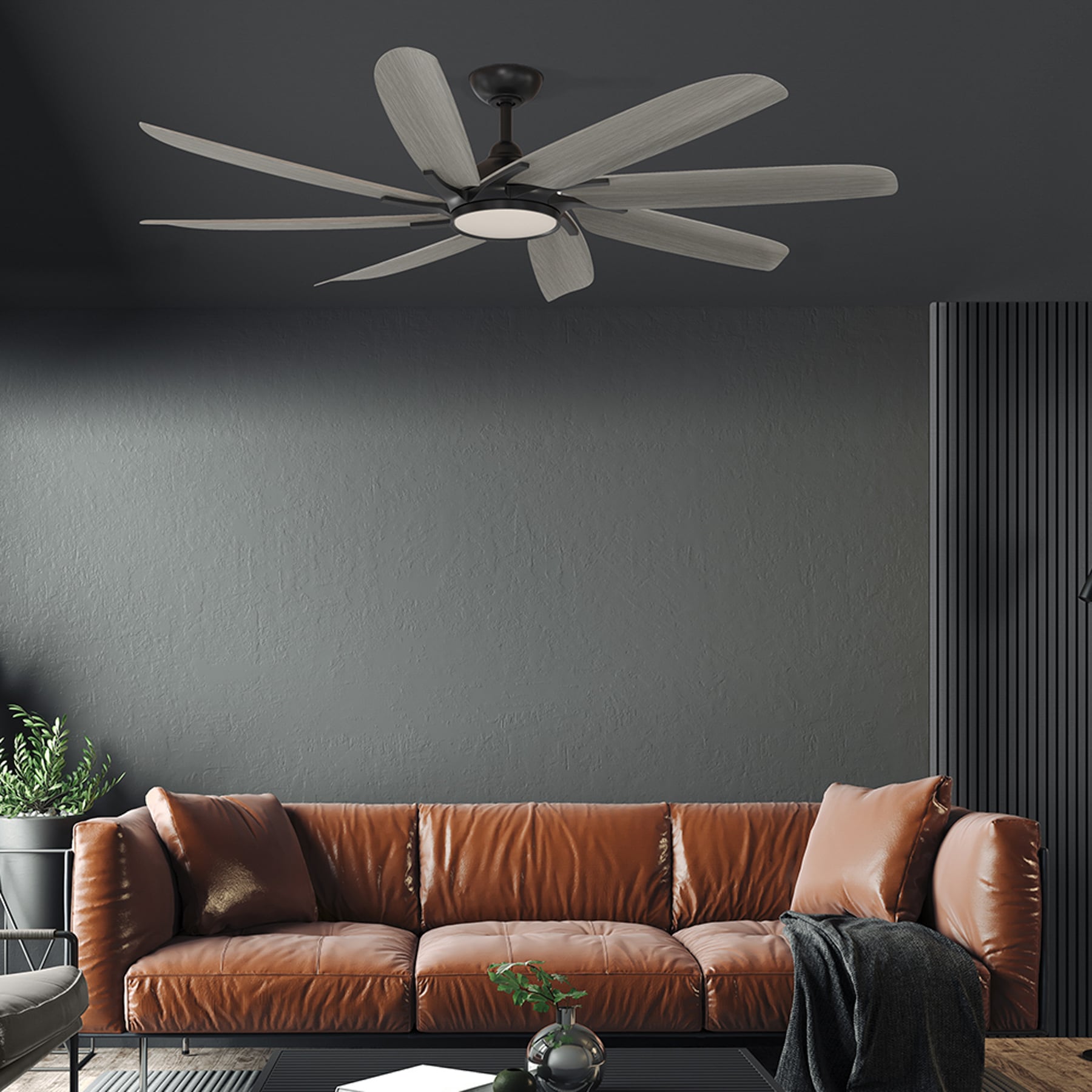

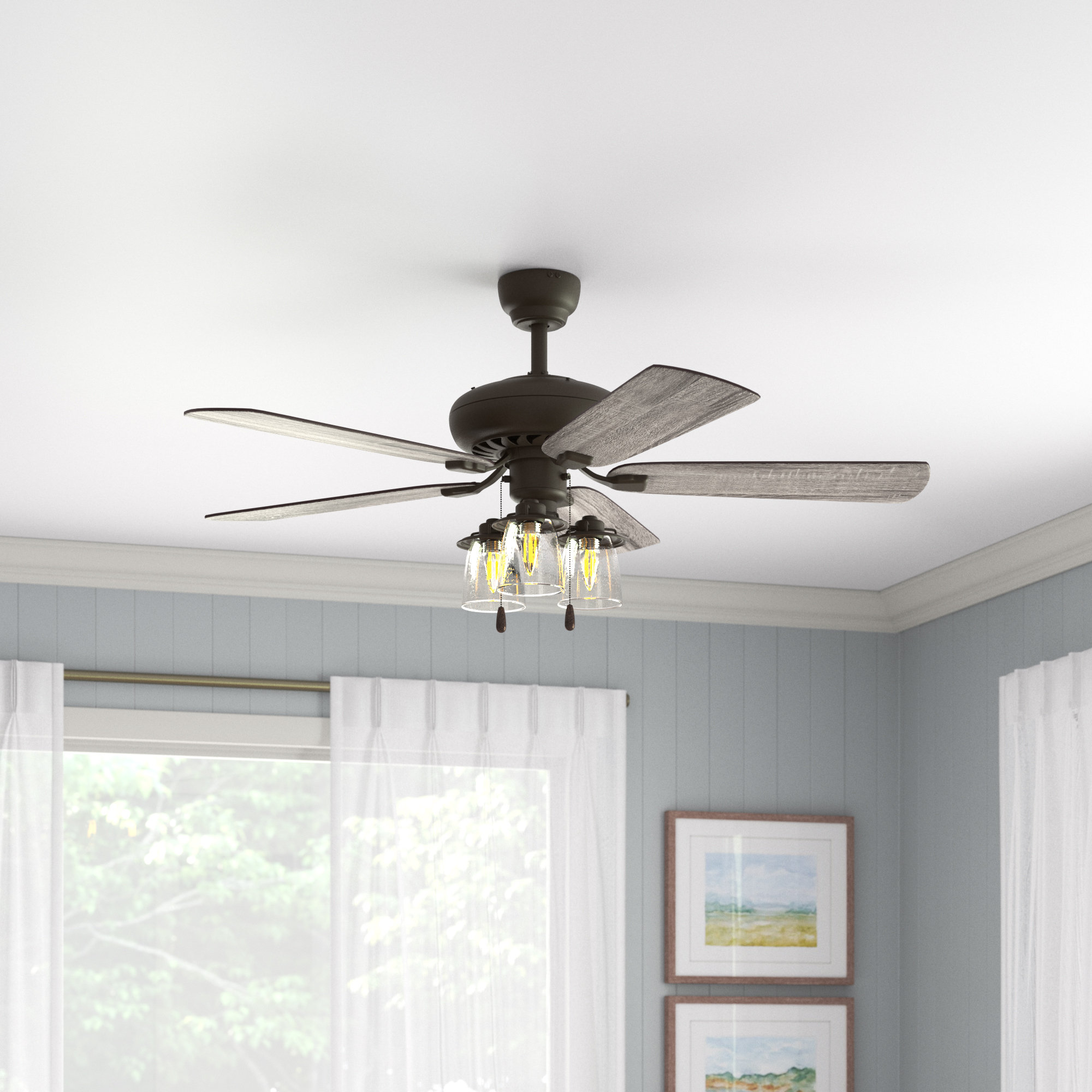
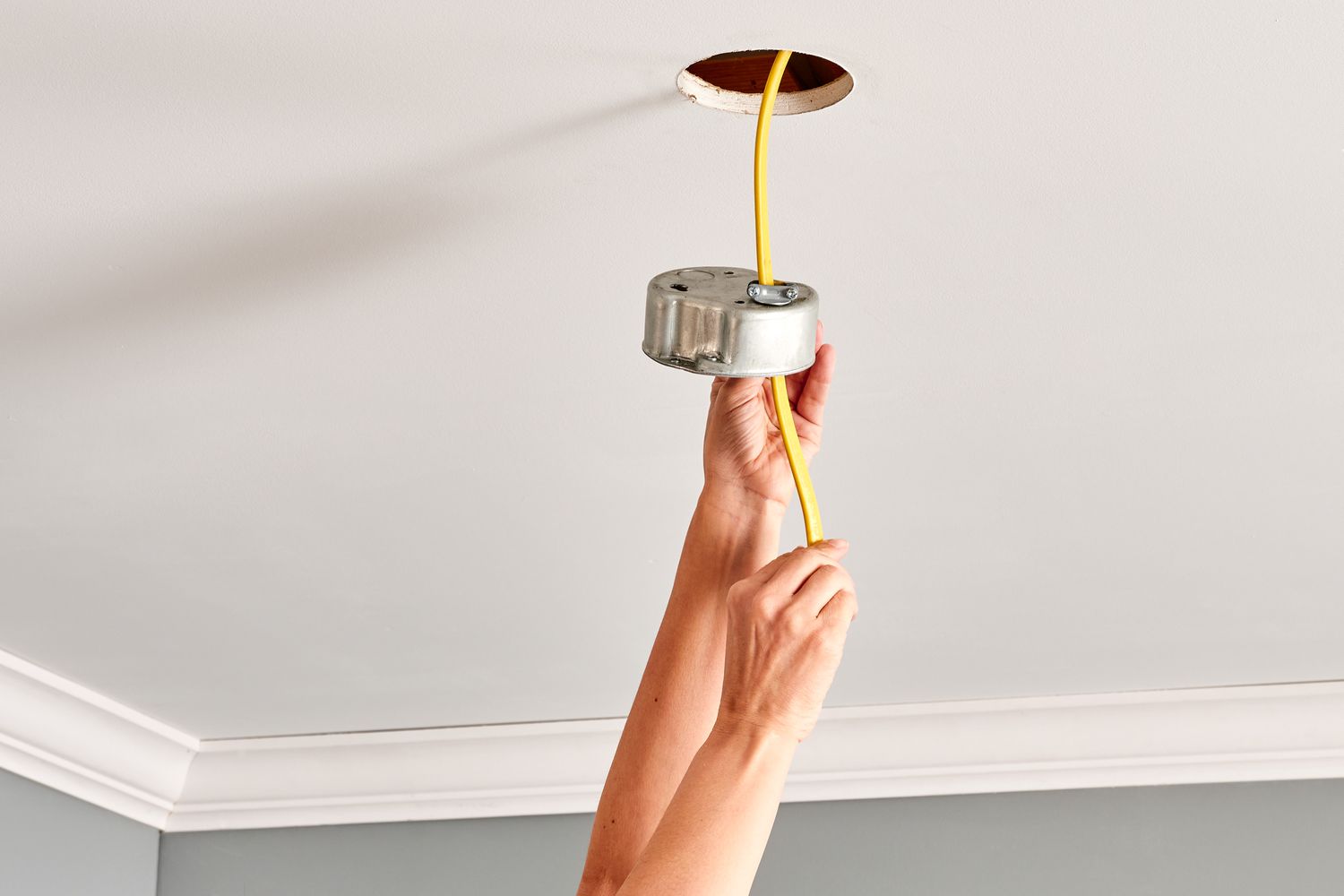
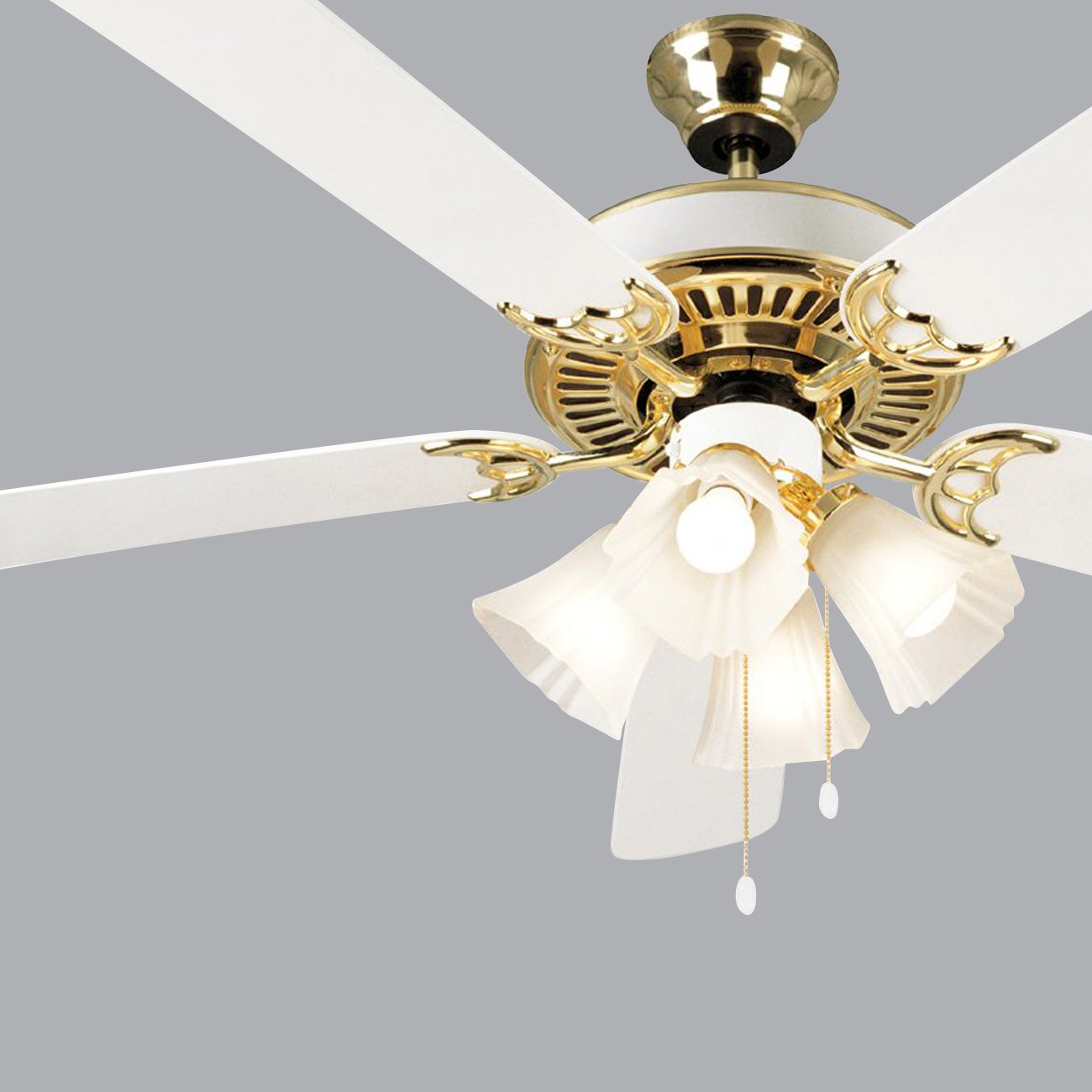

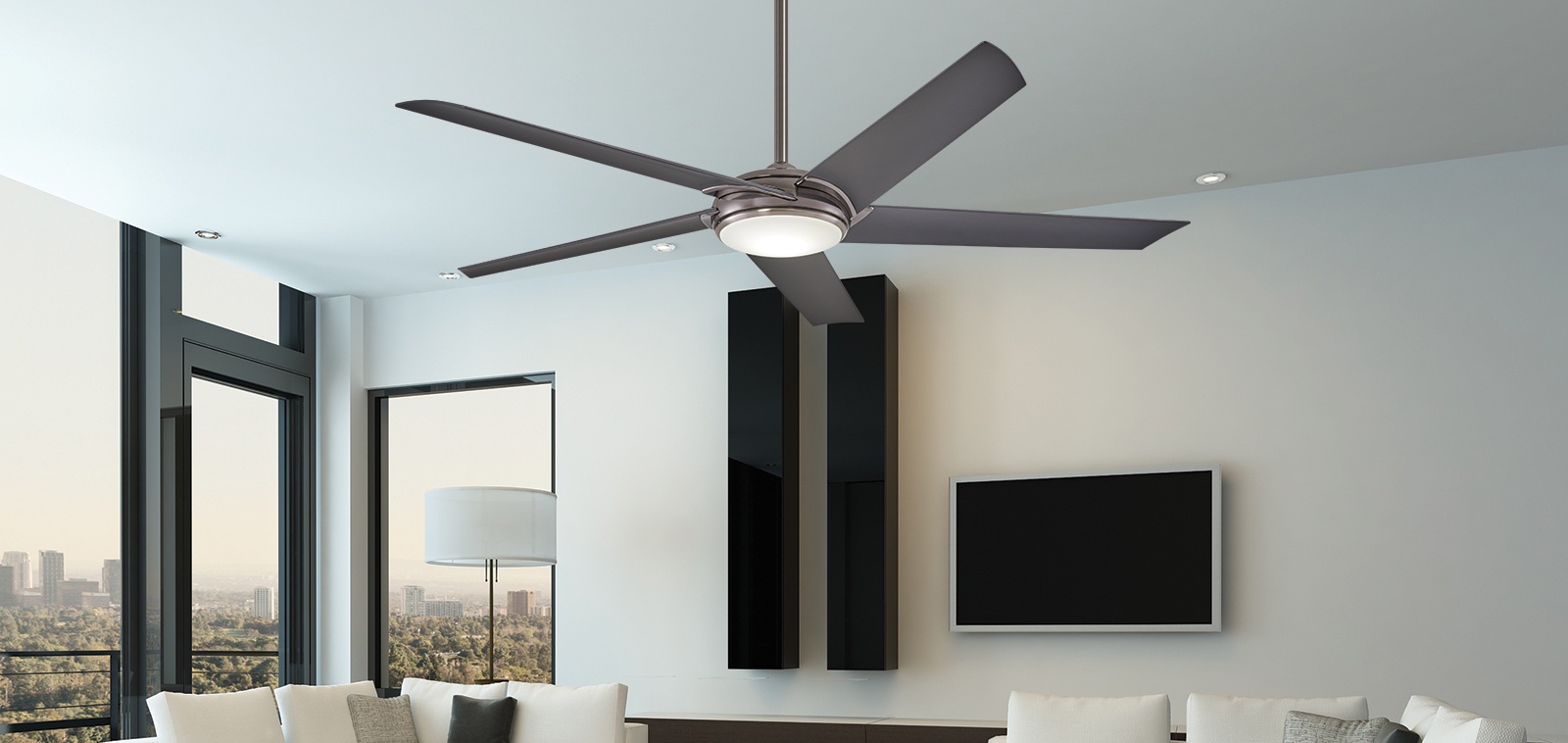

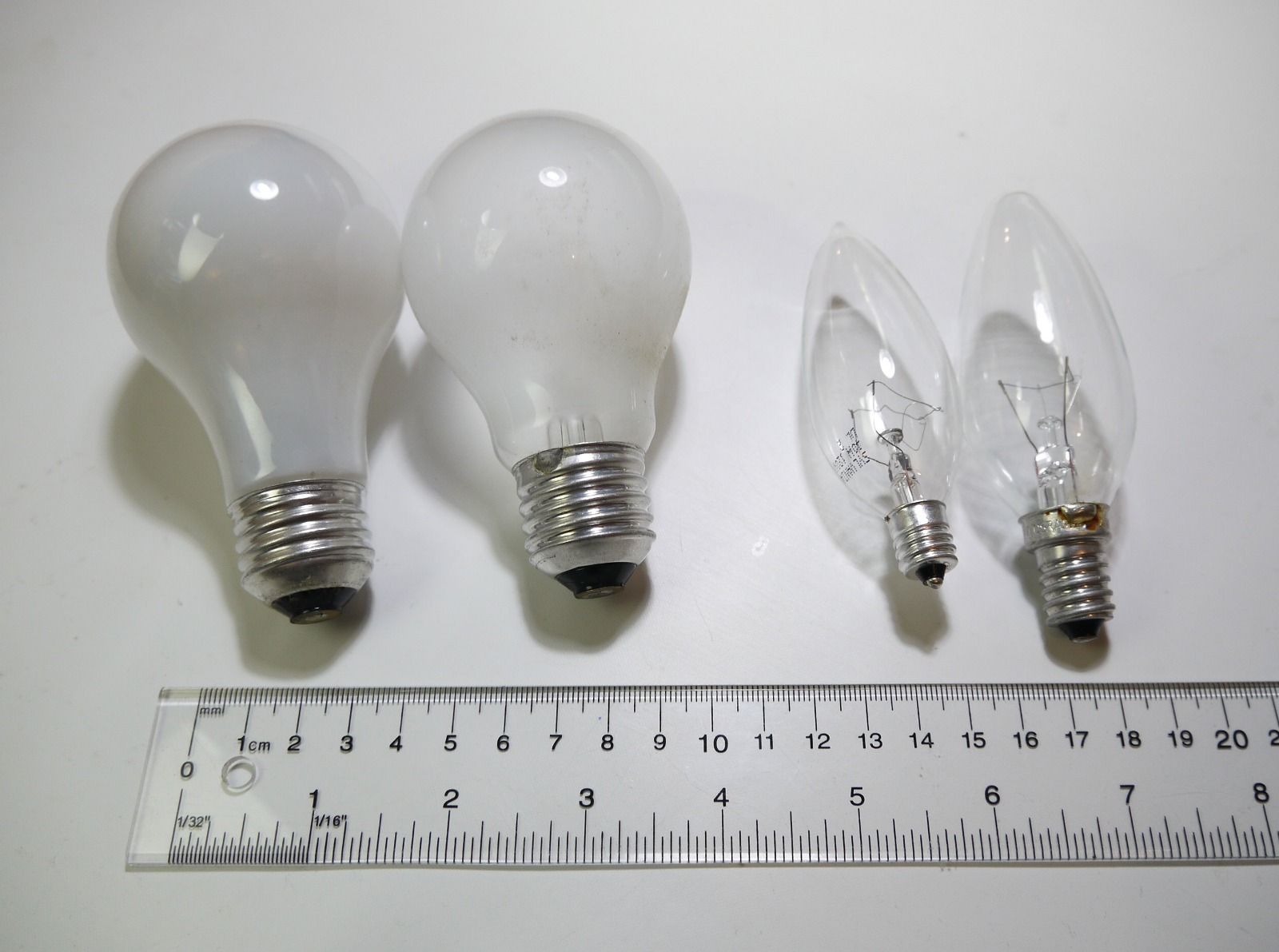
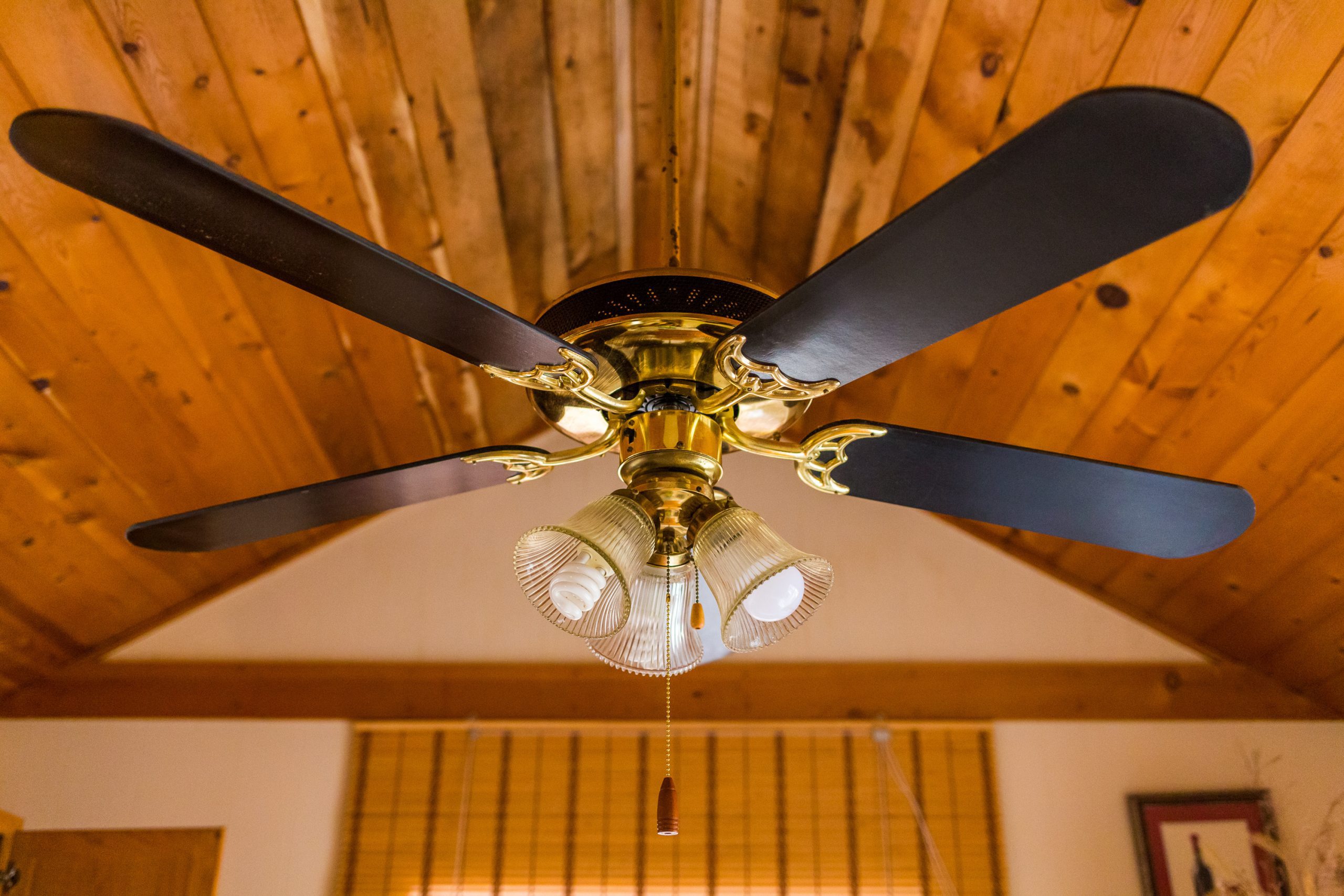
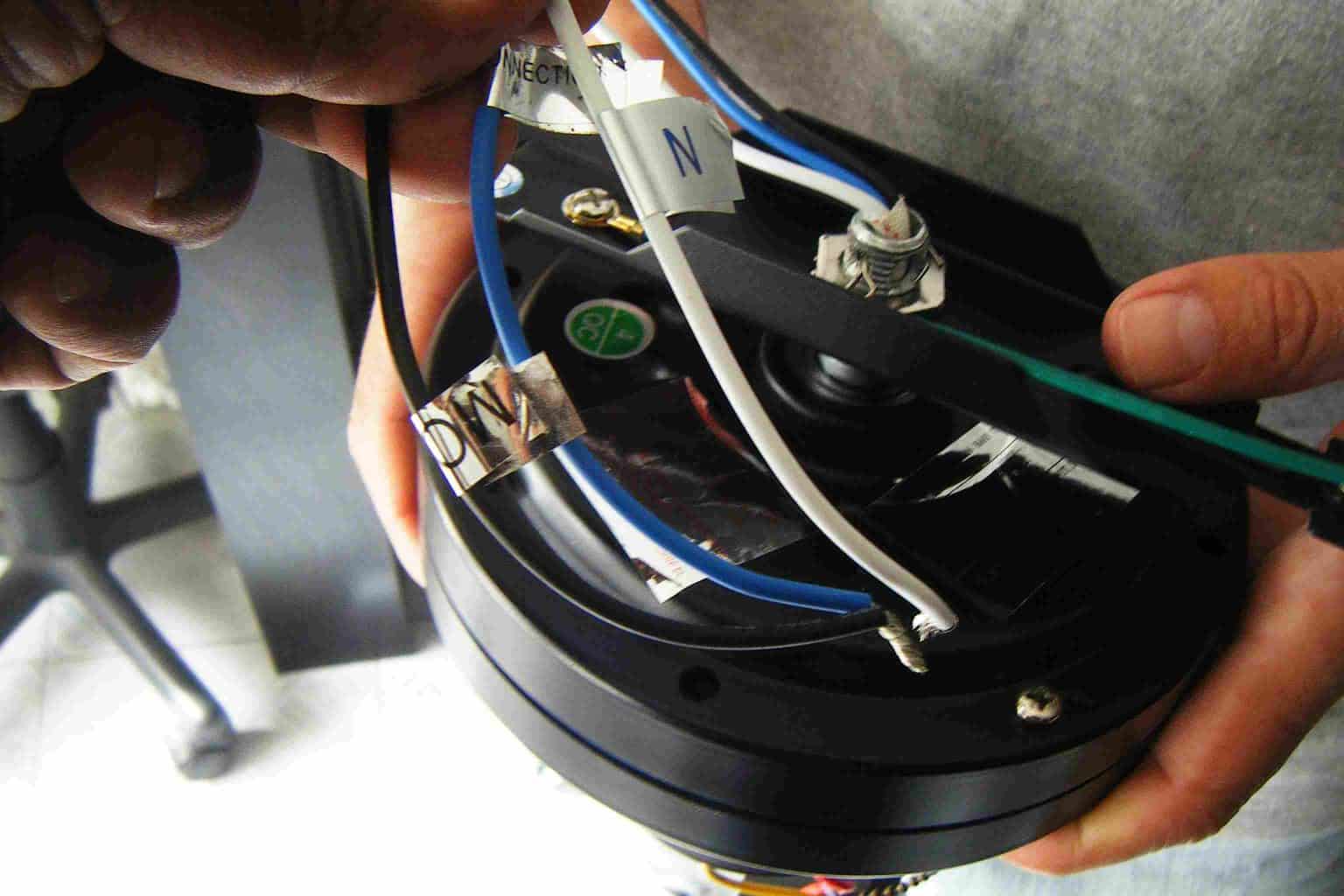

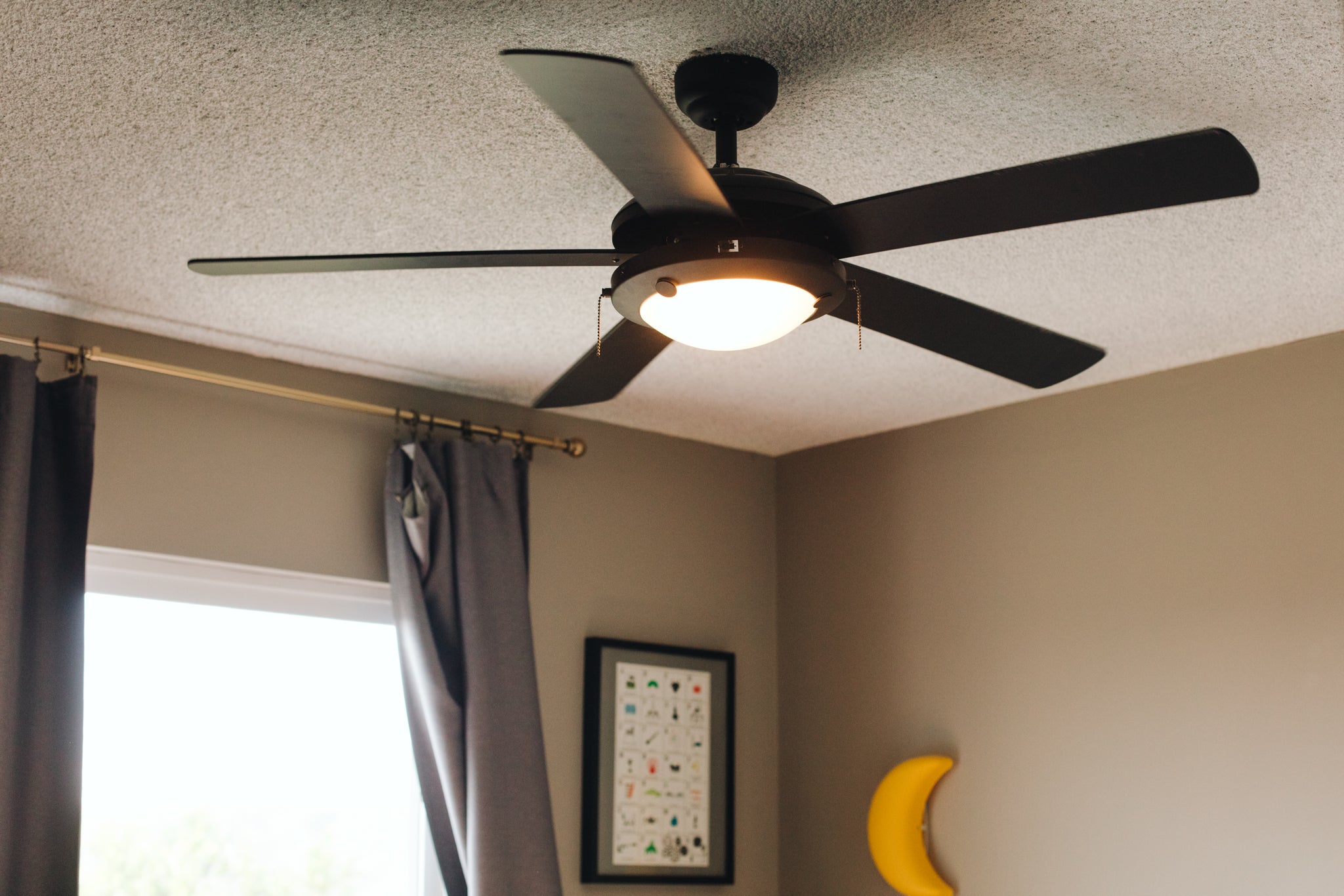
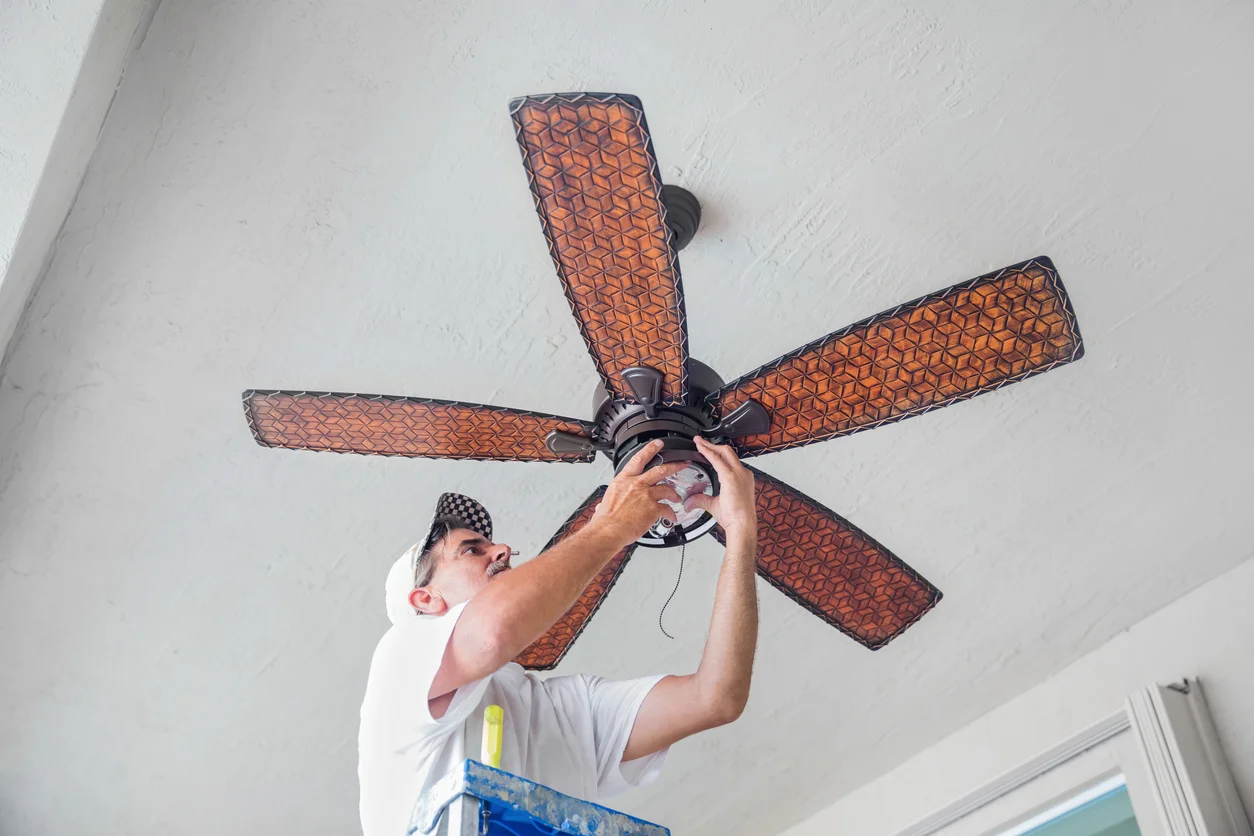

0 thoughts on “What Ceiling Fan Moves The Most Air”